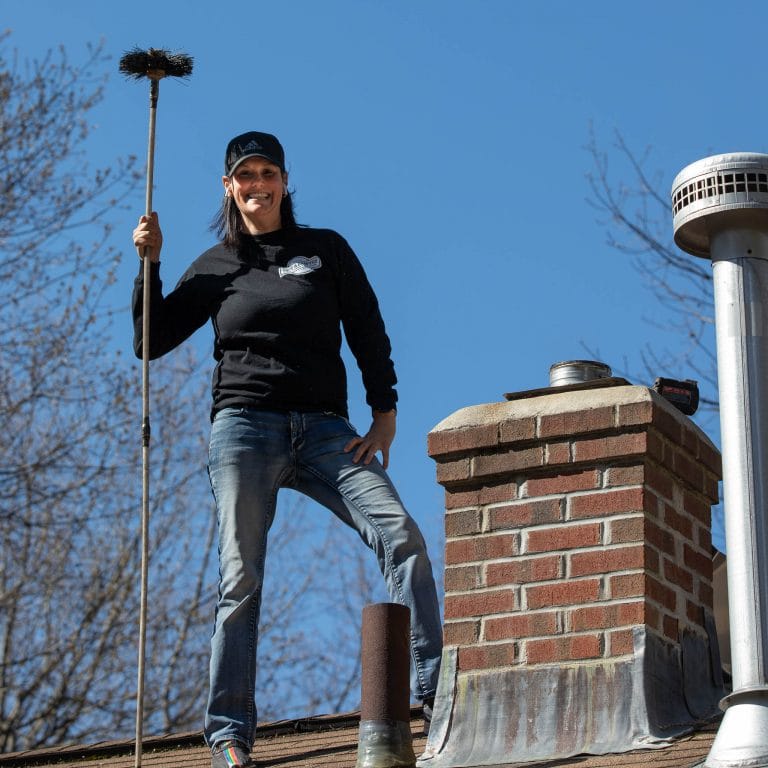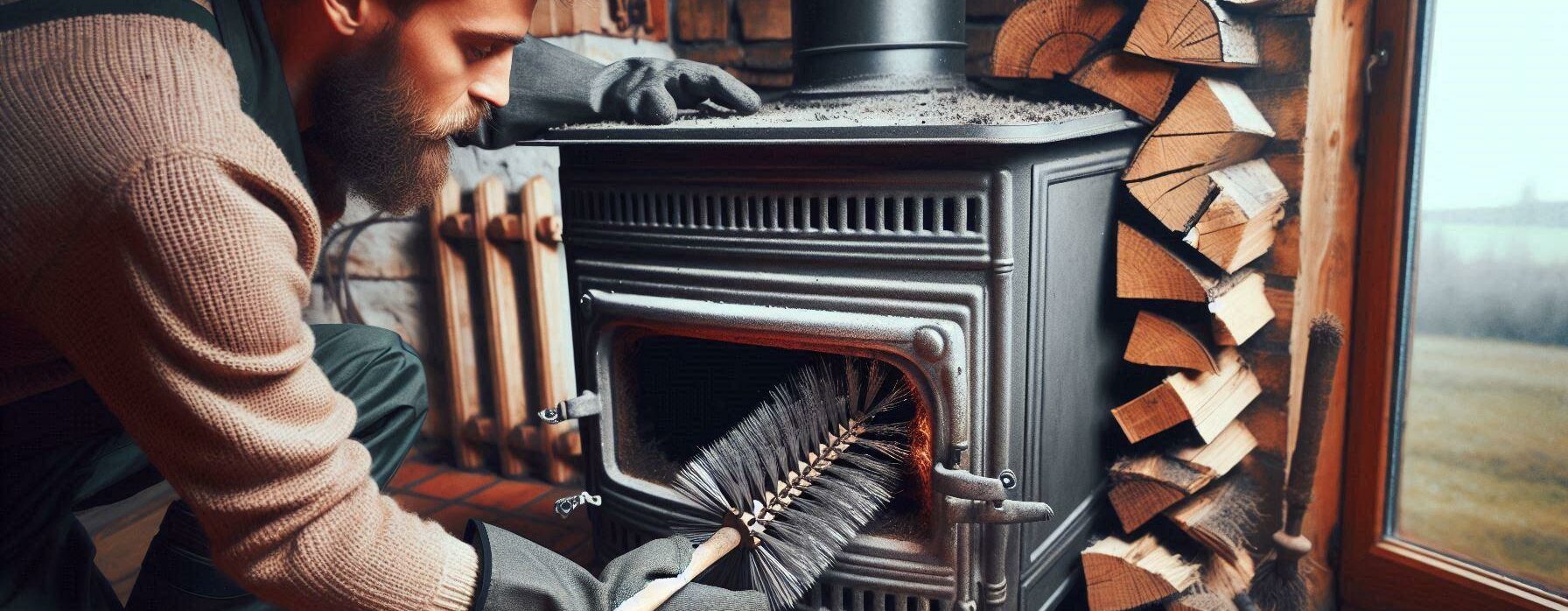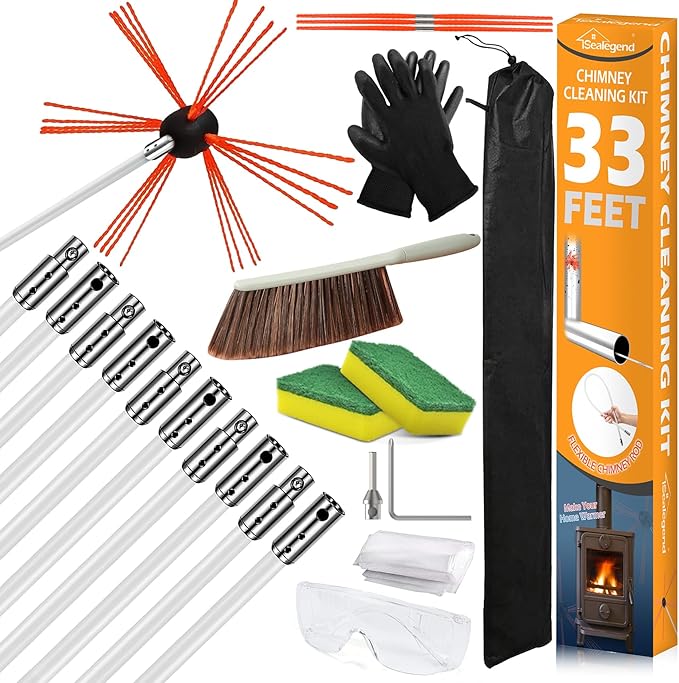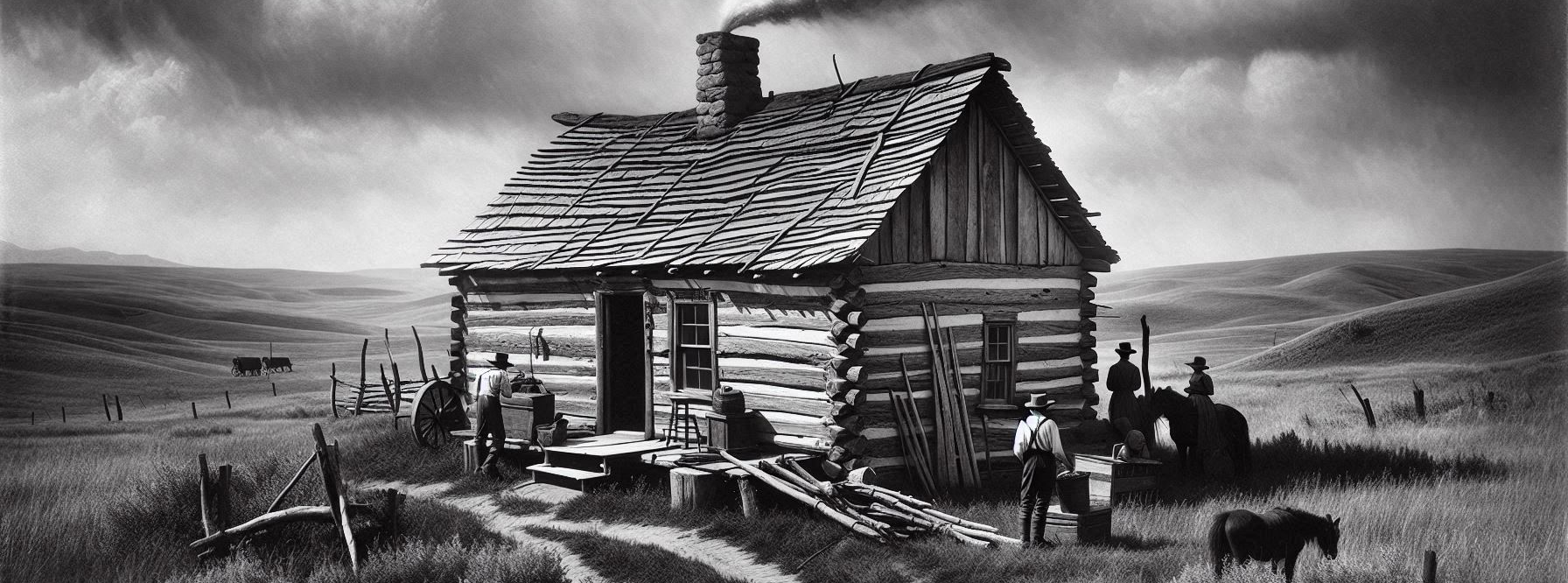Operating a wood-burning stove might seem straightforward, but grasping how it works can make all the difference in both performance and safety. These stoves aren’t just charming—they’re highly efficient heat sources when used correctly.
The heart of your stove experience lies in regular maintenance. Think of it like tuning a musical instrument; just a little attention now and then keeps things warm and risk-free. Without it, you might encounter issues that not only dampen your cozy vibes but can also become safety hazards.
Now, you might remember a time when everything was going smoothly until… that odd smell or the smoke started acting up. That’s a tell-tale sign something’s off. And it’s not just about aesthetics or efficiency, those signs hint at the stove needing some TLC to run safely.
I recall the time I slacked on maintenance. Winter caught me unprepared, and boy, the nights got chilly! Since then, I’ve always prioritized caring for my stove. Trust me when I say that understanding your stove isn’t just knowing how it looks but knowing what makes it tick—that’s the key to staying snug and secure.
Proactive Maintenance: Keeping Your Wood-Burning Stove in Prime Condition
Regular check-ups on your wood-burning stove might not top the fun weekend list, but they’re time well spent. Getting familiar with the key parts needing regular attention can save you a heap of trouble later on.
Start with the flue and chimney. They’re like the lifeline for your stove—keeping them clean is crucial to avoiding dangerous blockages and ensuring efficient performance. Sometimes, it’s as simple as running a brush through. Just be thorough and remember to suit up for the mess.
Don’t overlook those gaskets and seals. These guys play a critical role in keeping your stove airtight, which is essential for both efficiency and safety. Over time, they can wear out and need replacing, but they’re generally easy to check by hand for any signs of damage or looseness.
Here is a great all around cleaning kit that will take care of cleaning your wood stove. Click on the image below to take a look.
Remember: If you have a very steep roof to climb up on…Forget It!…Let a pro do the work!
The trick is catching issues before they become problems. Experience has taught me the more proactive I am, the less I have to deal with emergencies when it’s minus who-knows-what degrees outside.
By building a routine, you gain peace of mind knowing your stove’s in excellent shape, ready to keep the chills at bay as soon as winter hits.
Deep Cleaning Your Wood-Burning Stove: Step-by-Step Guidance
Let’s talk deep cleaning, the kind that keeps your stove looking sharp and humming efficiently. Sure, a regular wipe-down helps, but now and then, a thorough clean-up is due.
First up, gather some trusty tools. You’ll need a stove brush, some gentle cleaning detergent, a bucket, and a good vacuum fitted with a HEPA filter. These will handle the grime and those stubborn bits that a casual swipe can’t.
When cleaning the interior, focus on areas like the stove’s baffle and firebox. Scrub gently and make sure no ash buildup is left behind. Neglect here can create all sorts of issues, from inefficient burning to nasty clogs.
Ash is another thing. It may seem harmless, but accumulating ash actually reduces efficiency. Carefully remove the ash and dispose of it safely. It’s more than tidiness—it’s about keeping your stove running smoothly.
Think of cleaning the exterior as giving it a nice shine. It keeps rust at bay and maintains the stove’s aesthetics. Use a cloth slightly dampened in soapy water for best results.
If you’re more of a visual learner, finding a cleaning video online might just be your style. Watching a step-by-step guide makes the job feel much less daunting.
On my journey to becoming a stove cleaning pro, I’ve picked up quite a few tricks. Experience says: be consistent. Regular deep cleaning saves you time and extends the life of your stove.
Professional Maintenance and When to Seek Expert Help
Even with the best DIY efforts, there comes a point where calling in the pros is not just a good idea—it’s necessary. Recognizing the signs that warrant expert attention can prevent small issues from spiraling into bigger problems.

Some things are best left to professionals, like dealing with persistent smoke problems, unexplained odors, or any structural damage to the stove. These aren’t just minor inconveniences—they’re warning signs that need immediate action.
Scheduling periodic professional inspections is a sensible move. Experts will catch what the naked eye may miss, ensuring everything from the chimney to the stove interior is in top-notch condition.
Finding a certified wood-burning stove professional might seem like a task, but a well-maintained stove is worth the effort. Look for someone with a proven track record and proper certification to get the job done right.
Balancing your own maintenance routine with professional help keeps your stove working at its best. I’ve seen how professional services can enhance performance, making those winter nights even cozier.
My experience has shown that investing in expert care does wonders for peace of mind. It’s about using the stove safely and efficiently, enjoying warmth without worries.
A Short Video With Some Tips About Cleaning Your Wood Stove Like A Pro!






